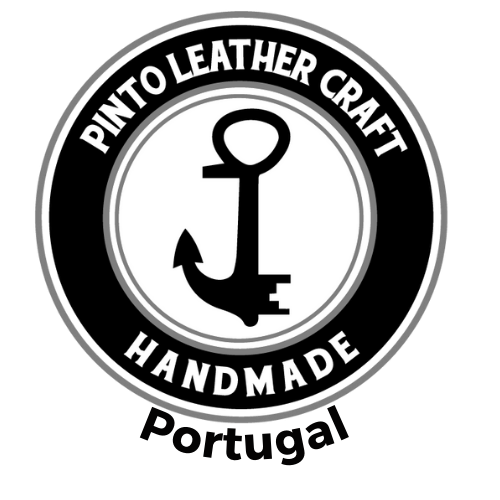There are several types of leather, each with its own distinct characteristics that make them suitable for different uses and applications. Here are some of the main types of leather and their characteristics:
-
Full leather (or full grain leather): This is the purest and highest quality type of leather. It is made from the top layer of the animal's skin, maintaining its natural texture and resistance. Full grain leather is durable and has a naturally beautiful appearance, with marks and imperfections that give each piece its unique character.
-
Split leather: Also known as chamois leather, it is obtained by dividing the top layer of animal skin from the bottom layer. The top layer is used to produce full leather, while the bottom layer is processed to create split leather. This type of leather is softer and more flexible, but less resistant than full leather. It is often used in products where smooth texture is desired, such as gloves and garments.
-
Faux leather: While not technically leather, faux leather is a popular alternative made from materials like polyurethane (PU) or vinyl. It is designed to mimic the look and feel of real leather, but is more affordable and easier to care for. Synthetic leather is often used in fashion and home décor products, offering a vegan option for those who wish to avoid animal products.
-
Nubuck leather: Similar to suede, nubuck leather is produced by sanding the outside of full-grain leather to create a soft, velvety texture. It has a luxurious appearance and is known for its softness to the touch. However, nubuck leather is more susceptible to stains and water damage, requiring special care to keep it in good condition.
-
Vegetable tanned leather: This type of leather is produced using traditional vegetable tanning methods, which involve using plant extracts and tree bark instead of synthetic chemicals. Vegetable tanned leather is valued for its durability, water resistance and graceful aging, developing a unique patina over time. It's a popular choice for high-quality leather goods like bags and belts.
These are just a few examples of the different types of leather available and their distinct characteristics. When choosing the type of leather for a craft project or finished product, it is important to consider not only appearance, but also durability, ease of maintenance, and suitability for its intended use.

